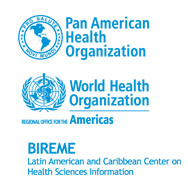WHO guideline on country pharmaceutical pricing policies
Année de publication: 2015
Medicines account for 20–60% of health spending in low- and middle-income countries, compared with 18% in countries of the Organisation for Economic Co-operation and Development. Up to 90% of the population in developing countries purchase medicines through out-of-pocket payments, making medicines the largest family expenditure item after food. As a result, medicines, particularly those with higher costs, may be unaffordable for large sections of the global population and are a major burden on government budgets.
